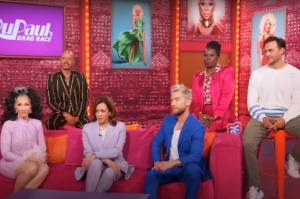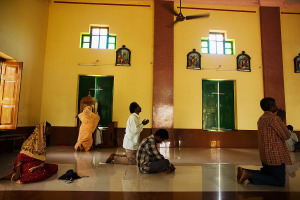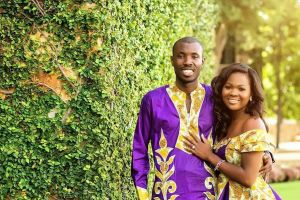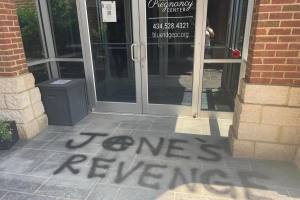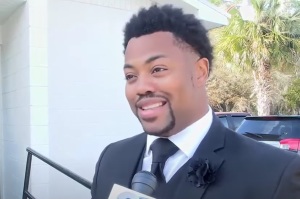Christian Higher Ed Becoming Less White, More Diverse in Effort to Reflect God's Kingdom

While most Christian colleges in the United States have been predominantly white institutions, there is an ongoing movement within Christian higher education to diversify student and faculty bodies to ensure that the diversity in God's Kingdom is reflected in His schools.
More than eight out of 10 students (82.2 percent) who attended schools affiliated with the Council of Christian Colleges and Universities in 1999 were white. But today, the white students on the nearly 140 campuses affiliated with the CCCU in the United States only account for about six out of every 10 students (62.2 percent in 2016).
A difference of two students per every 10 students took much work among CCCU administrators who recognized the lack of diversity was a problem. Those efforts were evident at this year's CCCU quadrennial International Forum, held Jan. 31–Feb. 2 in Grapevine, Texas.
The forum featured a number of speakers and panel discussions focusing on issues of diversity and inclusion within one of the world's largest associations of Christian colleges.
"Back [at the 2006 CCCU International Forum] there were very few sessions offered on diversity. In fact, I was part of two of just of three or four sessions that we had. But it was an emerging conversation," CCCU senior fellow for diversity Pete Menjares said during the conference.
"If you fast forward to ... the opening devotional [at the conference], the first plenary [sessions] and throughout the day, there has been this common thread of this need to address the realities of historic barriers, systemic issues and to get Christian higher education to a place where it is more in tune, more in step and in more harmony with God and with one another."
While enrollment across the CCCU is not as diverse as the national average of all degree-granting secondary education institutions, Menjares assures that those involved in the movement within the CCCU know that "progress" is being made.
Menjares, who is also the director of the Institute for Faculty Development at Vanguard University in California, provided data that shows just how far CCCU has come in terms of recruiting students and faculty from different racial demographics.
While the percentage of white students at CCCU institutions has decreased over 8 percentage points from 2006 to 2016, CCCU has experienced significant growth among African-American, Hispanic and Asian-American students.
In keeping with the trend being experienced in the U.S. population as a whole, the student demographic growing at the fastest rate within the CCCU is Hispanic.
In 2006, just 4.85 percent of CCCU students in the U.S. were Hispanic. But in 2016, the percentage of Hispanic students at U.S.-based CCCU institutions rose to 9.68 percent.
Today, there are at least five CCCU schools that have achieved federal status as a "Hispanic-serving institution." Among them are California schools like Azusa Pacific University and Menjares' Vanguard University.
According to Vanguard data, there was almost the same percentage of Hispanic undergraduate students (39.45 percent) as white undergraduate students (39.67 percent) enrolled at Vanguard in 2017.
"The Hispanic community, as well as the African-American community, is hugely spiritually oriented," Karen Longman, a professor in Azusa Pacific University's Department of Higher Education who served for 19 years as the CCCU vice president for professional development and research, told The Christian Post. "As campuses diversify, I think that all respective students [of color] will be taking these campuses more seriously as places that can help them grow in their faith while they are also growing intellectually and in their content knowledge."
As CCCU data shows that African-American students used to comprise just 6.5 percent of CCCU students in 1999, Menjares' data shows that black students made up 11.37 percent of students at CCCU schools in the U.S. in 2016.
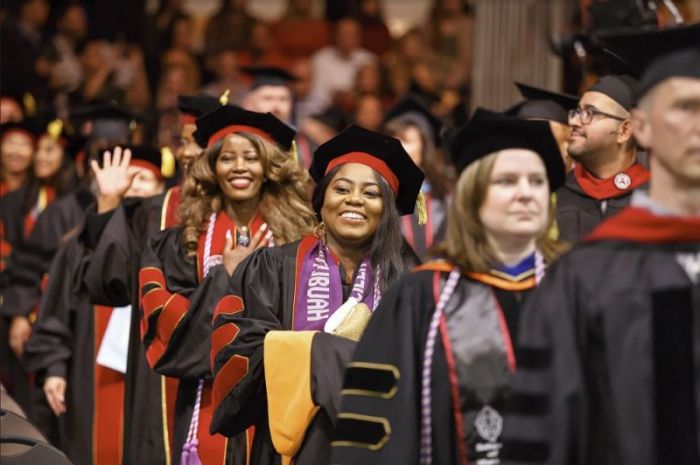
As for Asians students, they comprised 3.88 percent of students at U.S.-based CCCU institutions in 2016, up from 2.83 percent in 2006.
"The 'Excellence Imperative,' as I call the CCCU diversity work, has been at the forefront of my presidency," CCCU president Shirley Hoogstra, who assumed office in September 2014, wrote in the forward of the recently published book, Diversity Matters: Race, Ethnicity, and the Future of Christian Higher Education.
"This 'imperative' also distinguishes our mission and positions us to respond to those around us," Hoogstra continued. "And yet, we are not where we want to be. As we consider how best to serve and equip our students, knowing the challenges we face in our 21st century world for both the Church and academy, we as Christ-followers are called to the hard conversations around issues of culture, privilege, and race. Such discussions are not easy, but they are happening."
The increasing diversity in the CCCU, Longman says, is reflective of the institution's commitment to "trying to model God's Kingdom based on the imagery that is given to us in Revelation of being place where all people come together who are honored and valued for who they are."
However, the diversity movement is not just a moral imperative, it is also necessary for the survival of Christian higher education, Longman asserted.
As Menjares notes in the book, the U.S. Census Bureau estimates that the U.S. will have a majority-minority population by 2044.
"If these campuses are going to survive and thrive, they need to be welcoming every potential student and that prospective students feel this is a place they want to invest their life for the next four years," Longman, the editor of Diversity Matters, explained.
Menjares agrees.
"This demographic shift also parallels changes in the American religious landscape as the percentage of white mainline Protestants and white evangelical Protestants, since 1988 and 2008, respectively, has declined," Menjares wrote in the introduction of the book. "The changing demographics in the white evangelical Protestant population is having a direct impact on evangelical Christian higher education, given the related decline in this pool of prospective students who have historically chosen to attend our colleges and universities."
When it comes to making sure that minority students want to come to the Christian college campuses, Longman says that schools need to make minority students feel at home.
"It's not a white person's house that we are inviting people of color into," she said. "This needs to be their home so they come and feel like this is a place they can be proud of. As the composition of the campuses has been changing and as the leadership and faculty are working on this together, that is becoming more of a reality."
One way of making campuses more welcoming to minority students is by increasing the number of faculty members of color.
Across the CCCU, minority faculty members are on the rise.
According to the data provided by Menjares at the forum, white faculty members accounted for 85.79 percent of faculty at U.S.-based CCCU institutions in 2016. While that number might seem high, it is down from 91.27 percent in 2006.
"That is one of the big pieces but it is also the most challenging," Rebecca Hernandez, associate vice president for intercultural engagement and faculty development at George Fox University in Oregon, told CP when talking about the need to hire diverse faculty.
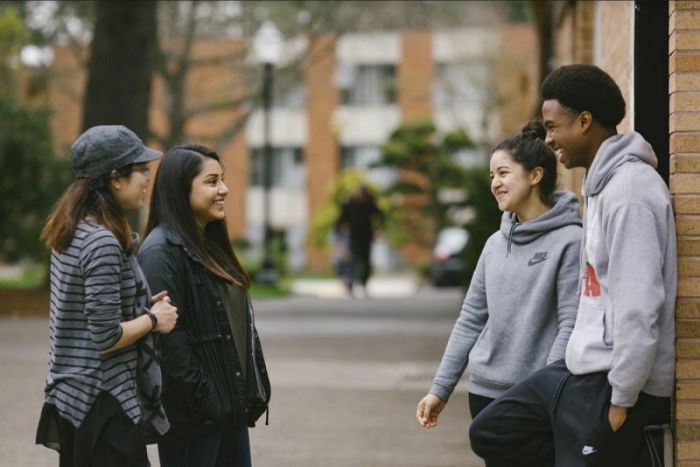
Hernandez, who sits on the CCCU Commission on Diversity and Inclusion, told CP that there are a multitude of ways in which George Fox and other CCCU schools are making their campuses more welcoming to minority students.
"As we think about welcoming students, part of the issue that has been around is the idea of having students change to meet the way our institutions are," she said. "Our work has been more about how we expand the doorways and change how we do things to be more receptive to all students."
One way to do that, Hernandez says, is for schools to offer different worship styles in their services.
According to Hernandez, George Fox University incorporates different styles of worship music and hosts different speakers from various theological backgrounds into its worship services held on campus. As the university requires students to attend a certain number of services each semester, Hernandez said the styles of worship can vary from liturgical to Pentecostal to Presbyterian and others.
"It's so that the students can experience themselves worshiping in different ways and also learning new ways of worship," she explained. "In order to build belonging for students, their tradition, their culture or their style of worship has to be respected and honored. We get to see some of that on campus. We are not doing this because it's a service to them. We are doing it because we all need to learn together. We are trying to build global citizens who will graduate from here and be able to serve the world."
Hernandez also said that the school hosts dances and other events throughout the year with themes that reflect various cultures.
For example, the university hosted a performance called Of Ebony Embers: Vignettes of the Harlem Renaissance in its Wood-Mar Auditorium on Saturday. It featured music written by African-American composers "ranging from jazz greats Duke Ellington, Thelonious Monk and Charles Mingus to concert music composers Jeffrey Mumford and George Walker."
"Instead of the usual kind of music, we are also incorporating other kinds of music and asking students to be a part of that," Hernandez said.
Another way to foster diversity and inclusion on campus is through curricular changes, Hernandez added.
One curricular change would be for certain English, literature and art classes not to only focus on Western art, literature and their impact but also study the impacts made by writings, works of art and other accomplishments produced in other parts of the world.
According to Hernandez, one of the biggest challenges she and other diversity leaders in the CCCU face is the fact that some view the goal of diversity within the CCCU in a political lens rather than a theological commitment.
"Sometimes diversity is linked more to a worldly agenda or political correctness," Hernandez said. "No, it is really tied to our theology and we need people to distinguish between those two. That is a constant and ongoing piece."
"Things tend to be politicized very quickly but we work really hard. Our job is to engage each other in conversation to be the kind of people that will talk civilly and with a lot of respect," she added. "The Bible talks about engaging conversation with each other. We may disagree but can we talk to each other with dignity and respect even in our differences."
















